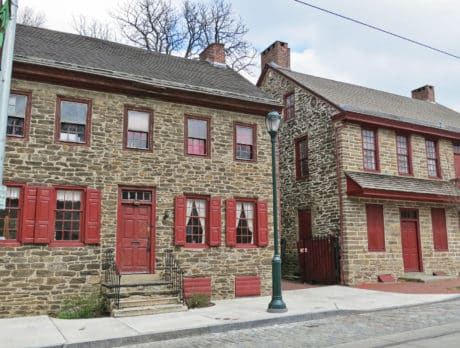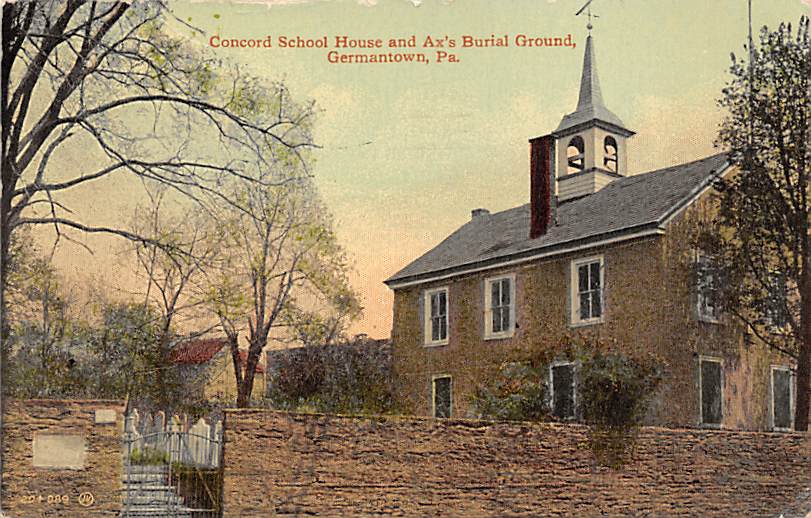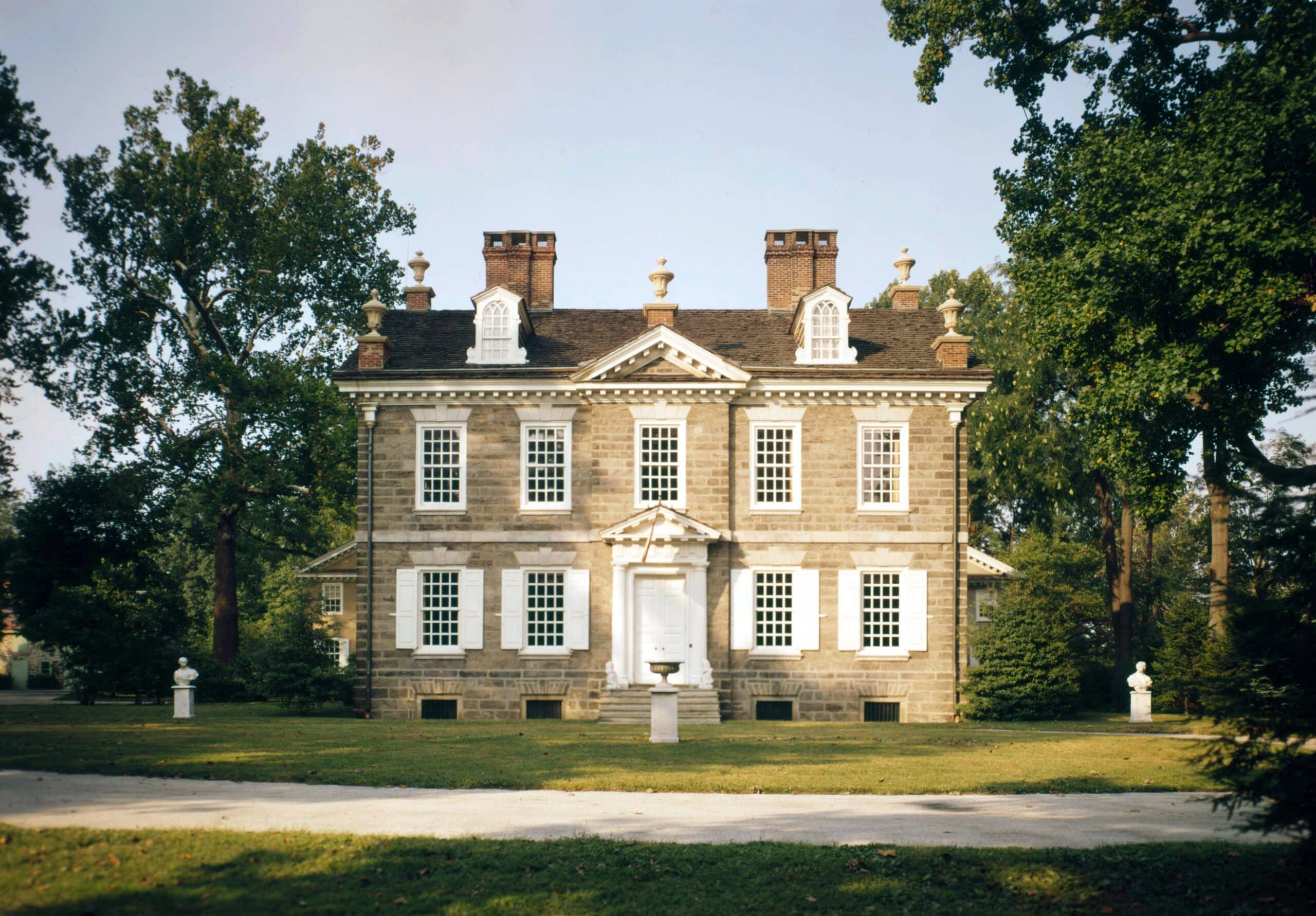Germantown: A Historic Neighborhood With A Vibrant Present
Germantown, located in Philadelphia, is a neighborhood famous for its deep-rooted heritage, diverse population, and vibrant culture. This historic neighborhood, situated six miles northwest of downtown Philadelphia, provides a unique blend of the past and present, making it an intriguing place for visitors and residents alike.
An Overview
Founded by German, Quaker, and Mennonite families in 1683 as an independent borough, Germantown was absorbed into Philadelphia in 1854. Today, Germantown, along with ‘East Germantown’, forms two neighborhoods in the northwest region of Philadelphia.
The neighborhood toady is a bustling neighborhood rich in historic sites and buildings from the colonial era, which are open to the public. It’s a region where 300-year-old buildings harmoniously coexist with modern establishments, creating a unique landscape that seamlessly blends yesterday and today.
A Brief History of Germantown
The area holds a significant position in American history. It was the birthplace of the American antislavery movement, the site of a Revolutionary War battle, the temporary residence of George Washington, the location of the first bank of the United States, and home to many notable politicians, scholars, artists, and social activists.
The area’s original inhabitants comprised of largely Dutch families who had relocated to Krefeld and Kriegsheim in Germany to escape persecution of their Mennonite beliefs in the Dutch Republic and Swiss Confederacy. The town was named Germantown by the group’s leader Franz Pastorius, a German preacher from Sommerhausen. The town’s population remained largely Dutch-speaking until 1709, after which it saw major German immigrations.

Key Events
The neighborhood has witnessed several key events that have shaped the course of American history. In 1688, five years after its founding, Germantown became the epicenter of the anti-slavery movement in America. Four Germantown settlers drafted a two-page condemnation of slavery and sent it to the governing bodies of their Quaker church, the Society of Friends. Though the Quaker establishment took no immediate action, the 1688 Germantown Quaker Petition Against Slavery was a clear and forceful argument against slavery and initiated the process of banning slavery in the Society of Friends (1776) and Pennsylvania (1780).
During the American Revolutionary War, British units occupied Philadelphia, and some were housed in the neighborhood. The Battle of Germantown, on October 4, 1777, saw the Continental Army attacking this garrison. Though the battle resulted in a British victory, it was a significant event that led to France’s official recognition of and alliance with the Americans.
Historic Sites and Buildings
Germantown is home to numerous historic sites and buildings, some of which are open to the public. One such site is Cliveden, an estate built between 1763 and 1767. It was the location of a significant Revolutionary War battle and is now a National Historic Landmark. Another notable site is the Johnson House, a station on the Underground Railroad and a meeting place for prominent abolitionists.
In addition to these, Germantown has several National Historic Landmark Districts, National Historic Districts, National Historic Landmarks, and places listed on the National Register of Historic Places. These include the Colonial Germantown Historic District, the Rittenhousetown Historic District, the Awbury Historic District, and many more.
Transportation
The first railroad in Philadelphia, the Philadelphia, Germantown and Norristown Railroad, linked Germantown to a station at 9th and Green Streets in Center City. Today, Germantown is well-connected with the rest of the city via two SEPTA Regional Rail lines, and various bus routes.
Parks and Recreation Areas
The area offers numerous parks and recreational areas for residents and visitors alike. These include the historic 55-acre Awbury Arboretum, Carpenter Park, Cliveden Park, Cloverly Park, East Germantown Recreation Center, Fernhill Park, and many others. The Wissahickon Valley Park, a part of the Fairmount Park system, borders Germantown and offers a vast expanse of trails and scenic beauty.

Education
Germantown is served by the School District of Philadelphia, featuring several public and charter schools. It also houses private schools like the DePaul Catholic School, Waldorf School of Philadelphia, High Street Christian Academy, and Germantown Friends School. For higher education, La Salle University has a campus in Germantown.
Germantown in Popular Culture
Germantown has also found its way into popular culture, featuring in books like ‘Bright April’ and ‘Loving Day’.
The Changing Landscape
Over the years, the neighborhood has seen a significant shift in its ethnic makeup. From being a Dutch and German settlement, the area witnessed an influx of Italian immigrants in the 1880s, followed by a large-scale migration of African Americans from the south during the 1940s. Today, the area is a predominantly African American community, reflecting its history of continual change.
This historic Philadelphia neighborhoood with its diverse population, and vibrant culture, offers a unique blend of the past and the present. It’s a place where history is not just preserved but lived, making it a fascinating neighborhood in the city of Philadelphia.
